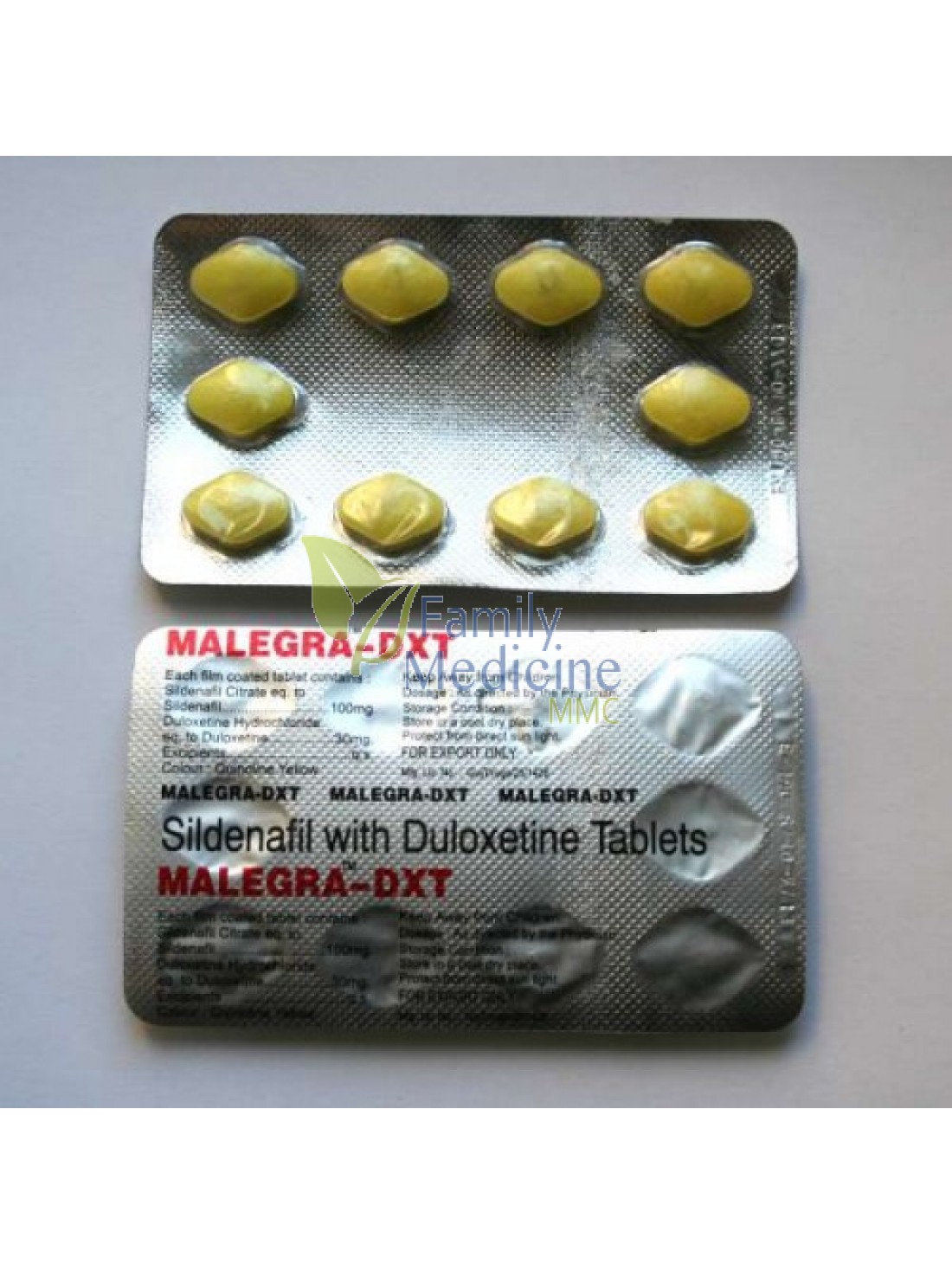The Science Behind Viagra: Mechanisms, Uses, and Impact

Debra Severance
2025-05-05 00:03
185
0
본문
In conclusion, Viagra has played a crucial role in the management of erectile dysfunction, improving the quality of life for many individuals. Its development marked a significant milestone in sexual health medicine, though it comes with responsibilities for both healthcare providers and users to ensure its safe and effective use. Ongoing research and discussion continue to explore its full potential and implications in various medical and societal contexts. The cultural impact of viagra empty stomach has been significant, changing the landscape of sexual health and relationships for many.
It has helped to reduce the stigma associated with ED, encouraged men to seek medical advice for their sexual health issues, and spurred the development of other ED treatments and sexual health products. It is generally taken in a dosage of 25 to 100 mg, about one hour before sexual activity, and its effects can last up to four hours. However, it does not cause erections without sexual stimulation and is not an aphrodisiac or a hormone. The effectiveness of Viagra in treating ED is well-documented, with numerous studies indicating that it helps achieve and maintain an erection in approximately 70% of users.
Since its accidental discovery and subsequent introduction to the market by Pfizer in 1998, Viagra has not only revolutionized the treatment of ED but also provided significant insights into cardiovascular and other physiological processes. Viagra, chemically known as sildenafil citrate, is a widely recognized medication primarily used for treating erectile dysfunction (ED) in men. Erectile dysfunction is a condition where there is a difficulty in achieving or maintaining an erection suitable for sexual intercourse.
Viagra’s role in treating this condition lies in its effects on blood flow. It can stem from both psychological and physiological causes, including diabetes, cardiovascular disease, hormonal imbalances, and psychological factors such as anxiety or depression. It brought the topic of erectile dysfunction out of the shadows and into open discussion. Moreover, it has been a catalyst for the pharmaceutical industry to invest in further research into sexual health, leading to the development of other similar medications such as Cialis (tadalafil) and Levitra (vardenafil).
The introduction of Viagra also had significant social and cultural impacts. By relaxing blood vessels, sildenafil helps reduce pulmonary blood pressure and improves symptoms of PAH. In PAH, the blood vessels in the lungs are narrowed, blocked, or destroyed, leading to difficulty in oxygenating blood. Beyond its application in treating ED, Viagra has also been explored for other medical conditions. It has shown potential benefits in treating pulmonary arterial hypertension (PAH), a rare but severe form of high blood pressure in the lungs.
However, it is important to note that Viagra does not lead to an erection without sexual stimulation; it merely facilitates the process when the conditions are right. Viagra is administered orally, typically in dosages ranging from 25 mg to 100 mg. It is advised to be taken approximately one hour before sexual activity, and its effects can last for up to four hours.
It has helped to reduce the stigma associated with ED, encouraged men to seek medical advice for their sexual health issues, and spurred the development of other ED treatments and sexual health products. It is generally taken in a dosage of 25 to 100 mg, about one hour before sexual activity, and its effects can last up to four hours. However, it does not cause erections without sexual stimulation and is not an aphrodisiac or a hormone. The effectiveness of Viagra in treating ED is well-documented, with numerous studies indicating that it helps achieve and maintain an erection in approximately 70% of users.
Since its accidental discovery and subsequent introduction to the market by Pfizer in 1998, Viagra has not only revolutionized the treatment of ED but also provided significant insights into cardiovascular and other physiological processes. Viagra, chemically known as sildenafil citrate, is a widely recognized medication primarily used for treating erectile dysfunction (ED) in men. Erectile dysfunction is a condition where there is a difficulty in achieving or maintaining an erection suitable for sexual intercourse.
Viagra’s role in treating this condition lies in its effects on blood flow. It can stem from both psychological and physiological causes, including diabetes, cardiovascular disease, hormonal imbalances, and psychological factors such as anxiety or depression. It brought the topic of erectile dysfunction out of the shadows and into open discussion. Moreover, it has been a catalyst for the pharmaceutical industry to invest in further research into sexual health, leading to the development of other similar medications such as Cialis (tadalafil) and Levitra (vardenafil).
The introduction of Viagra also had significant social and cultural impacts. By relaxing blood vessels, sildenafil helps reduce pulmonary blood pressure and improves symptoms of PAH. In PAH, the blood vessels in the lungs are narrowed, blocked, or destroyed, leading to difficulty in oxygenating blood. Beyond its application in treating ED, Viagra has also been explored for other medical conditions. It has shown potential benefits in treating pulmonary arterial hypertension (PAH), a rare but severe form of high blood pressure in the lungs.
However, it is important to note that Viagra does not lead to an erection without sexual stimulation; it merely facilitates the process when the conditions are right. Viagra is administered orally, typically in dosages ranging from 25 mg to 100 mg. It is advised to be taken approximately one hour before sexual activity, and its effects can last for up to four hours.



댓글목록0
댓글 포인트 안내